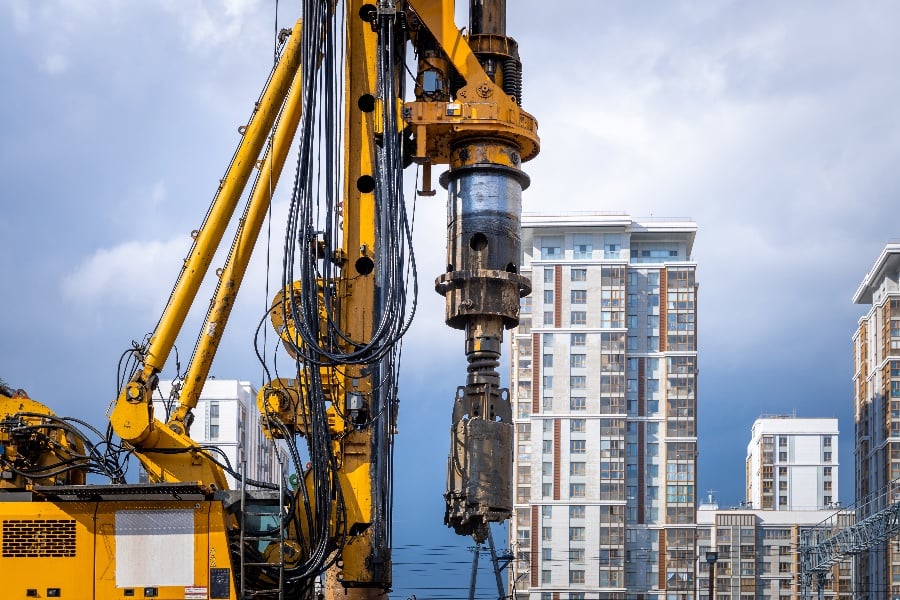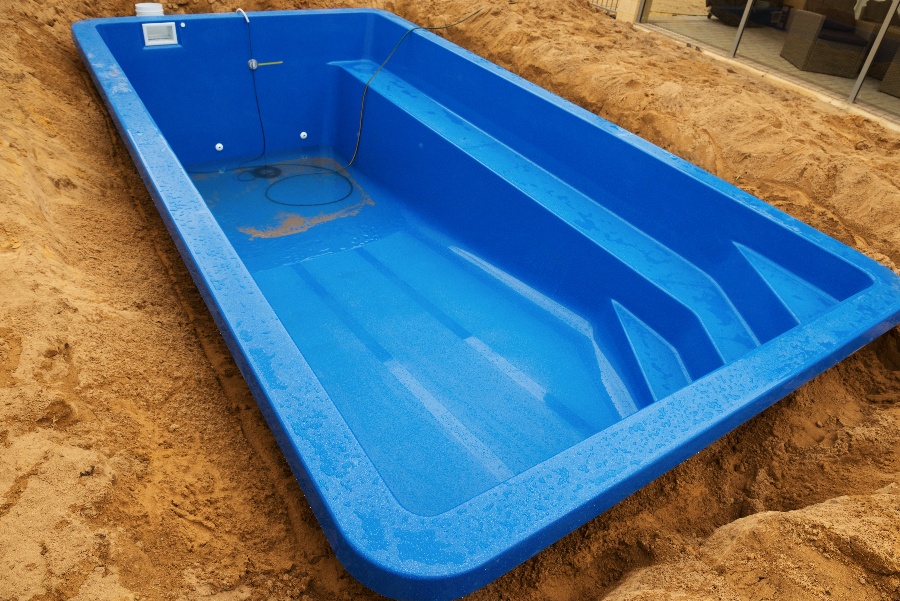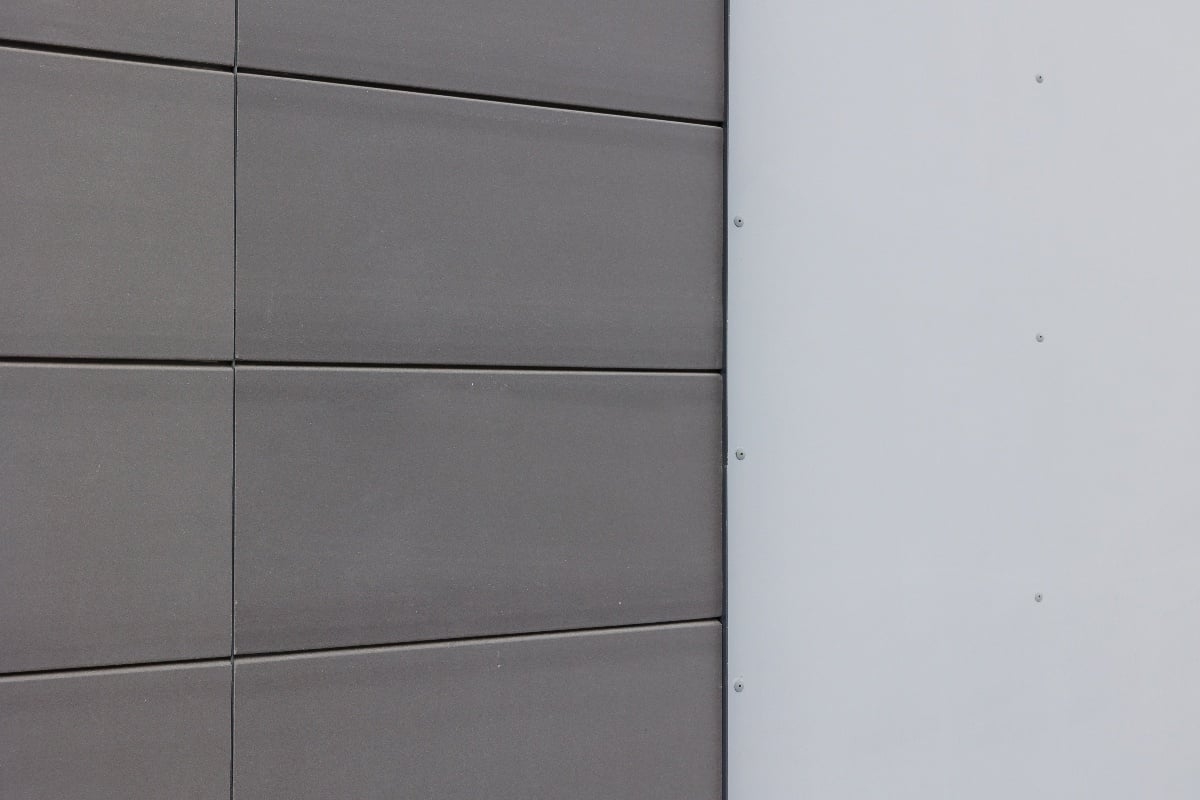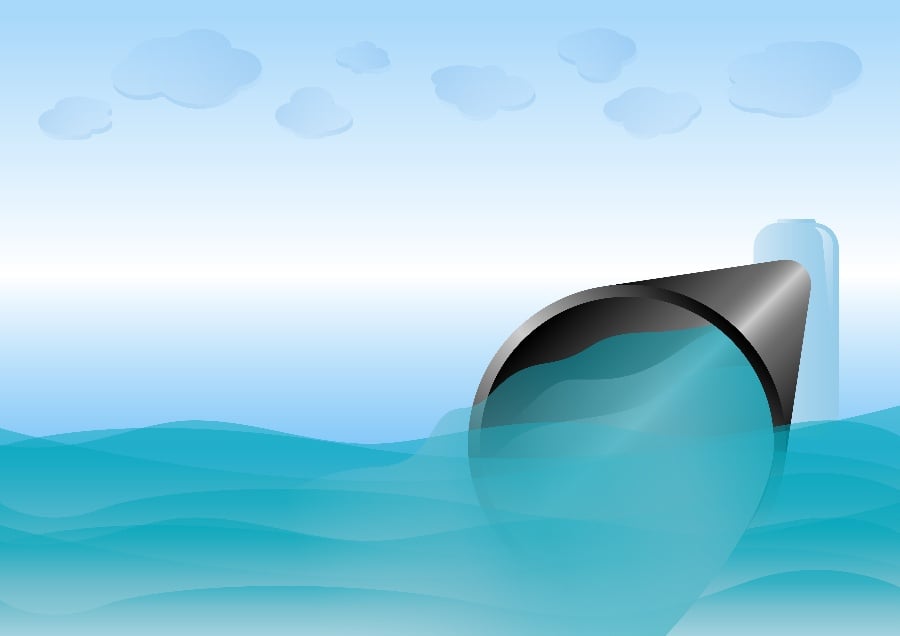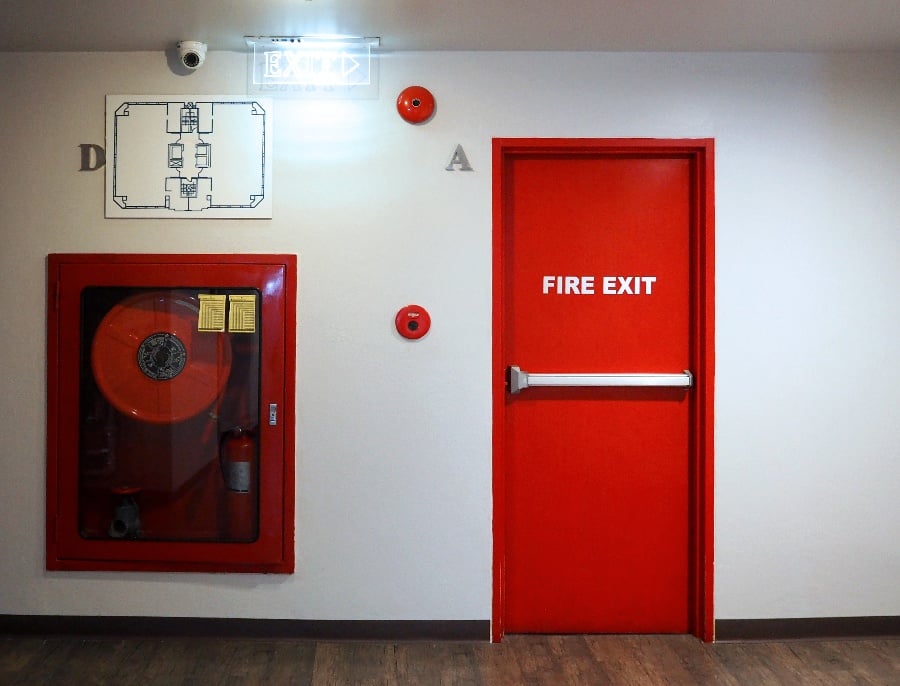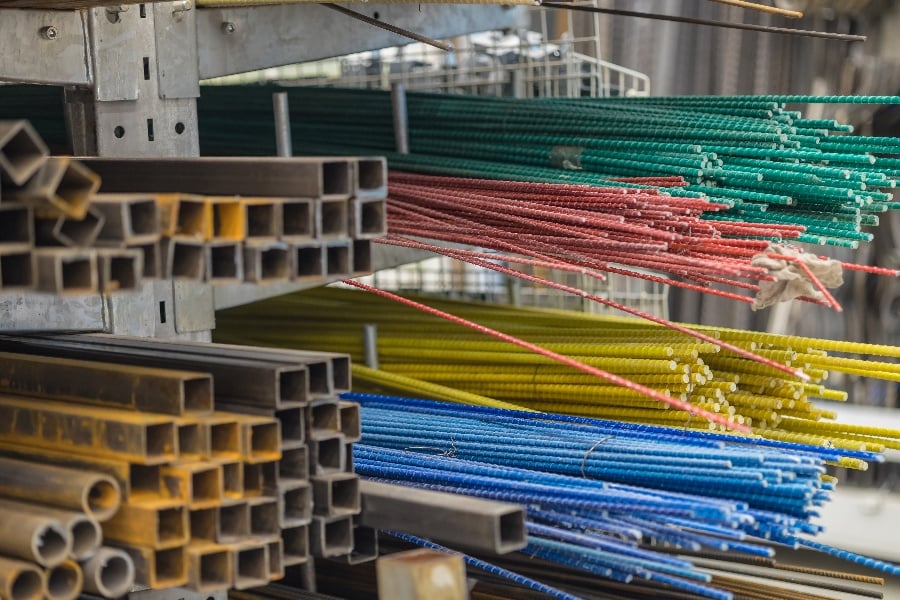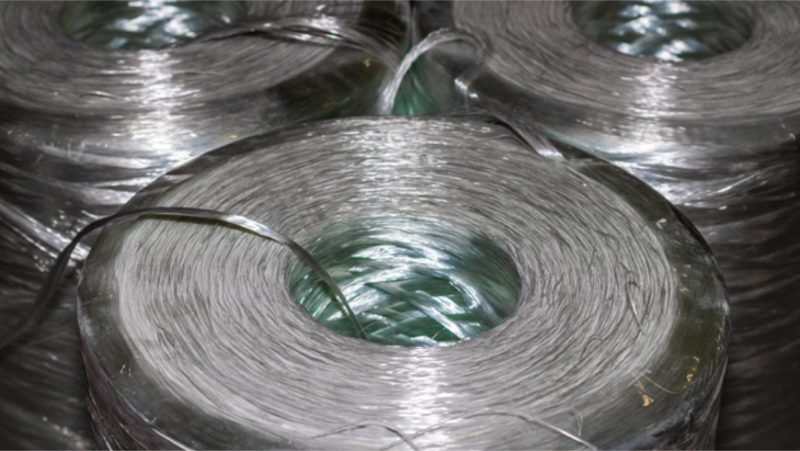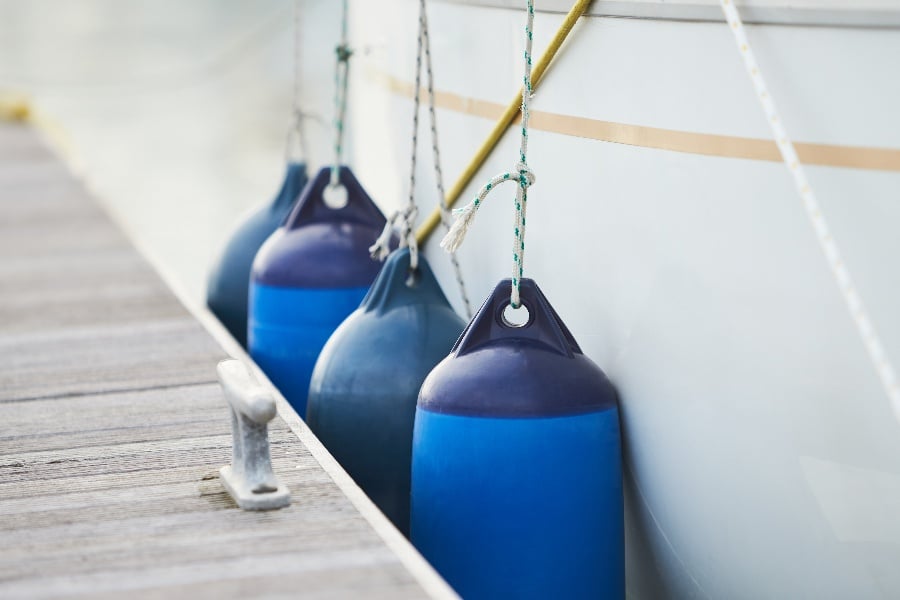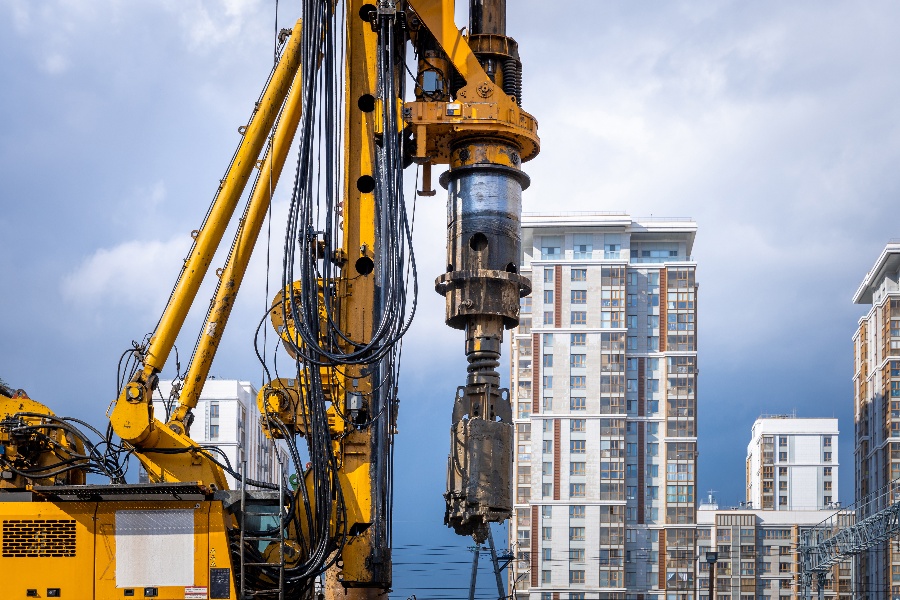
Oil wells are an important part of the global energy industry. They provide a reliable source of oil, which is an essential commodity for our modern society. Oil wells also provide jobs and economic opportunities, both directly and indirectly.
Design and material choice play an important role in the construction of oil wells. It is essential that these components are assessed carefully to ensure they are up to the task while also taking into account cost and safety concerns. Engineers have an important role to play in the design and development of effective oil wells.
They must be able to identify the right locations for oil drilling, select suitable materials and equipment, identify potential risks, and ensure that all safety regulations are being met. In addition, they must also be familiar with various petroleum engineering techniques to optimize the performance of an oil well.
Casing strings play a key role in the design of an oil well. Engineers must pay careful attention to all aspects of casing string design to ensure the best possible results for their projects.
What do Casing Strings Do?
A casing string is an essential part of the oil well, as it maintains structural integrity and prevents the release of contaminants. It is made up of several interconnected steel pipes that are designed to support the borehole walls created during drilling while also providing a barrier between various subsurface formations. Casing strings are installed in stages and cemented in place, ensuring a secure seal and prevention of potential subsurface fluid migration.
The primary purpose of a casing string in drilling technology is to provide structural support to the wellbore and prevent it from collapsing. It also serves as a barrier to prevent the flow of formation fluids into the borehole in an uncontrolled way, which can cause a blowout. Additionally, it helps prevent fluids in the borehole, such as produced oil or gas and drilling mud, from entering other formations.
The Importance of Casing String Design for an Oil Well
Proper casing string design for an oil well is a crucial component of successful extraction operations. It can be the difference between success and failure in terms of optimizing production and ensuring safety for workers. For example, if it is not properly sealed at each stage, fluid loss from the bottom of the well could occur, leading to lost production. Furthermore, if not properly supported, the structural integrity could be compromised, leading to costly repair bills or even possible collapse.
It is essential that proper design considerations are made when planning casing strings for an oil well. To make sure the proper equipment and best practices are used, it is imperative that engineers consider both the design and functional requirements of an oil well along with its geological environment.
Rigid standards need to be followed that take into account issues such as corrosion control, application conditions, production levels, long-term reliability, and protection against unexpected events such as blowouts. With smart engineering decisions based on these factors, the optimal design of a well's casing string can ensure success in reaching its full potential.
Casing String Material Choice
Casing strings for oil wells are usually constructed from steel pipes, although other materials, such as PVC, can sometimes be used. Steel is the most common material due to its strength and flexibility, which is essential for maintaining a secure seal between different subsurface formations. The thickness of these pipes also varies depending on the application, with thicker-walled pipes being used in more challenging environments where additional support is required.
In addition to steel piping, a range of other materials may be used in the construction of casing strings. This includes rubber seals, cement grouts, and even specialized coatings that can prevent corrosion or fluid loss through the pipe walls. The choice of material depends on the specific conditions of the well, including the depth, pressure, and temperature of the well, as well as the corrosiveness of the fluid in the well. It is important to select the right materials for each job, as this will ensure not only a secure seal but also structural integrity and support over time.
Using Fiberglass-Reinforced Plastic Casing Strings to Create More Stable Oil Production Wells
In the oil production industry, fiberglass-reinforced plastic (FRP) casing strings are a key technology that can be used to make wells more stable and reliable. Companies around the world are using this technology to reduce some of the problems associated with traditional casing string materials.
FRP is a combination of glass fibers and resin to make casing strings much stronger than they would be on their own. This type of casing string provides a great deal of protection against collapse, especially when used with different types of grouts or other sealing materials. The result is an extremely strong, durable, and safe wellhead that can handle high pressures associated with oil production.
The use of FRP casing strings for oil production wells has many advantages beyond just making the wells more reliable. For example, it makes the cost of maintaining an existing wellhead much more affordable since FRP does not corrode or rust as steel does. Using FRP tubulars eliminates the need for repairs and cathodic protection systems associated with corroded steel casing, ultimately reducing expenses.
In addition, it also helps protect water resources from contamination since it creates a physical barrier between the oil and water that separates them by as much as several meters in some cases. Furthermore, using this type of casing string reduces emissions since there is less need for open flame welding during installation, which is typically done with steel casings.
Overall, using FRP casing strings for oil production wells offers great potential for increased stability while reducing costs and environmental impact. If you are looking for high-quality FRP products, reach out to Tencom today.

